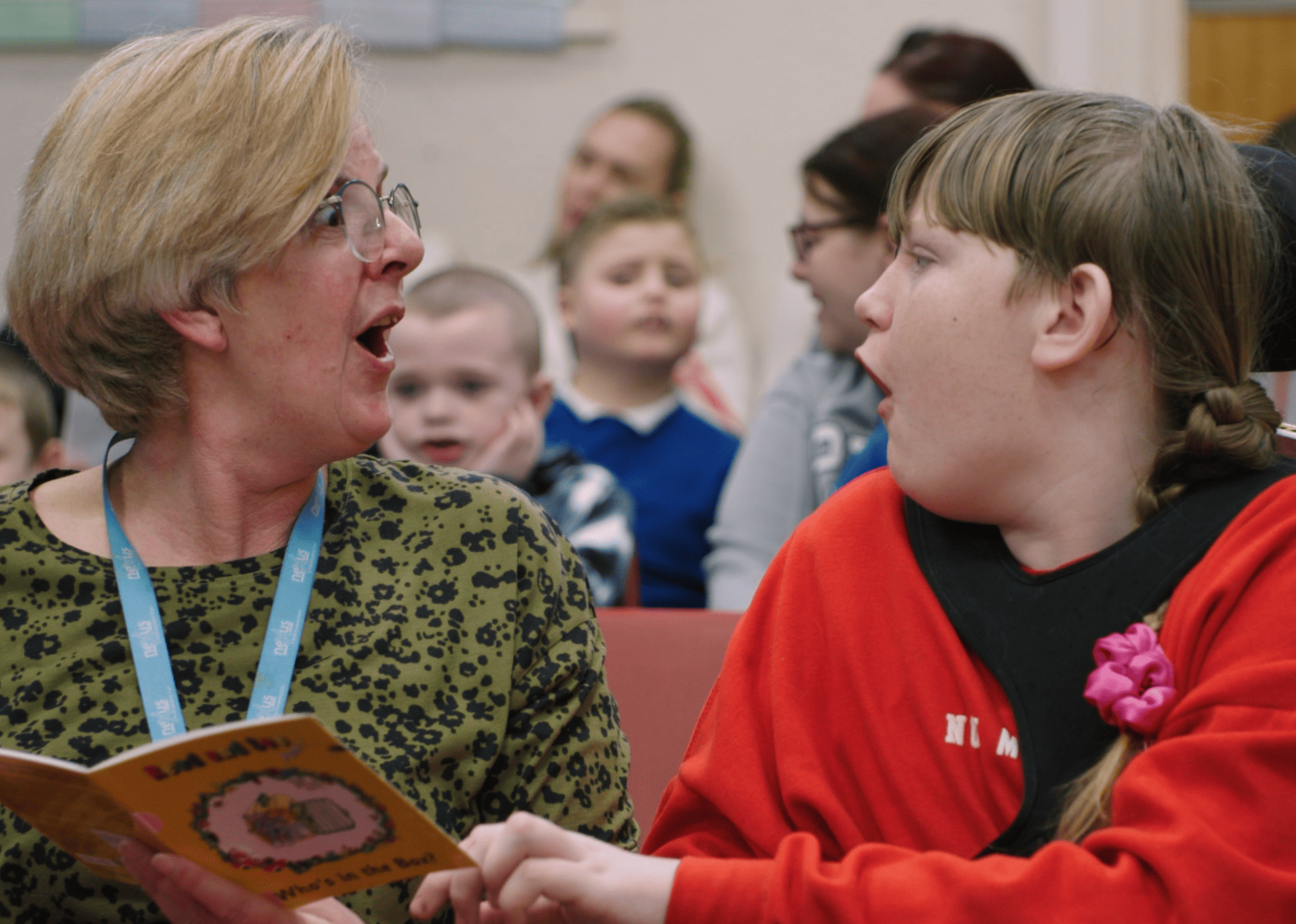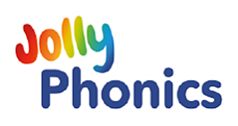Reading and Phonics

At Hilltop School we believe that all children can read and that language and reading are central to our curriculum. We are committed to promoting language development through supporting communication and reading across the curriculum. We believe in the importance of developing phonics skills as early readers, moving onto comprehension skills when students are ready.
As a school, we align with the Nexus Trust, which identifies with two core aspects to teaching reading.
- Teaching text decoding (pre-phonics teaching, systematic synthetic phonics (SSP), vocabulary instruction).
- Teaching reading for a purpose (reading for pleasure, reading to learn);
Our Phonics and Reading Curriculum is a strand within the Academic Curriculum at Hilltop. However, as we believe that all our students will read, the reading curriculum is made available to all our students.
The school follows a thematic approach to learning, and we use rich vocabulary in the classroom to support all learning on the topics, and therefore improve vocabulary, fluency and excitement around reading.
Phonics
Stage 1 (Pre-phonics)
Hilltops Phonics Programme begins at Stage 1 where all our students are taught to listen and engage with different sounds through fun and interactive activities.
Students learn to discriminate sounds and develop the precursor aspects required to move forward with our systematic synthetic phonics (SSP) programme.
The 7 precursor aspects that we teach are:
- General Sound Discrimination – Environmental Sounds
- General Sound Discrimination – Instrumental sounds
- General Sound Discrimination – Body Percussion
- Rhythm and Rhyme
- Alliteration
- Voice Sounds
- Aural Blending and Segmenting
Once the students are secure in all these areas, they are ready to move forward to our Stage 2 Phonics.
Stage 2 – Systematic Synthetic Phonics (SSP) Programme
We use as our validated SSP programme. Jolly Phonics was purposely chosen as it is very accessible to all our learners. It links bright visuals with engaging songs and stories to help learn the phonemes (sounds) and graphemes (written sounds) in order for progress with reading. The resources available lend themselves to all our students and allow us to teach phonics in a way where different parts of the programme can be emphasised to suit the learning style of the child, which promotes our child-centred approach to our curriculum. By identifying preferred methods of communication at an early stage, we are able to develop the SSP to support individual methods of expression and understanding. This includes methods and styles for our most complex pupils through the use of movement, facial expression, eye gaze, signing, PECS, etc.
as our validated SSP programme. Jolly Phonics was purposely chosen as it is very accessible to all our learners. It links bright visuals with engaging songs and stories to help learn the phonemes (sounds) and graphemes (written sounds) in order for progress with reading. The resources available lend themselves to all our students and allow us to teach phonics in a way where different parts of the programme can be emphasised to suit the learning style of the child, which promotes our child-centred approach to our curriculum. By identifying preferred methods of communication at an early stage, we are able to develop the SSP to support individual methods of expression and understanding. This includes methods and styles for our most complex pupils through the use of movement, facial expression, eye gaze, signing, PECS, etc.
There are five basic skills for Jolly Phonics where the first four skills are taught almost simultaneously to help embed each sound:
- Learning the first 42 letter sounds.
- Learning letter formation.
- Blending – for reading.
- Identifying the sounds in words – for writing.
- Tricky words
The 42 sounds are based on pure sounds rather than alphabet names, which help students decode and spell words. You can learn more about pure sounds by clicking on this link....
Pure sounds used in the systematic approach:
https://www.youtube.com/watch?v=-ksblMiliA8
There are seven groups of sounds, each with six sounds in them. Once a student has learnt the first six, they are taught to blend these sounds together to spell and segment them into words to allow them to start on the Jolly Phonics Readers book levels. After the first six groups of sounds, the books begin to include ‘tricky words’, which are those words which have unusual spellings and can’t be decoded using phonics knowledge.
Example of Jolly phonics - 1st six sounds:
https://www.youtube.com/watch?v=EM6DHHLG5ao
Stage 3 – alternative spellings
After learning the first forty-two sounds, the students are then taught alternative sounds and progress through the book levels with more complex ‘tricky words’ until they become free readers after completing the phonics programme.
Reading for Pleasure
It is important to Hilltop School and Nexus Trust that we acknowledge the many different ways our students read for pleasure. We therefore provide a mix of texts such as fiction, non-fiction and audio, and aim to have these available in ‘book corners’ in each classroom as well as in our purpose-built library, where the students can browse the different reading media available.
In order to promote a love of reading, we have a daily story-time session in each class which may look very different for each class cohort. This could include audio stories, sensory stories or texts. We use multisensory stimuli if appropriate to ensure we reach all our learners in our story-time.
Reading and Phonics Pedagogy
We ensure regular training for all our teams to ensure understanding and clarity of our reading strategy and curriculum, and we collaborate with leaders across the Trust to ensure continuous development of our teaching and to share ideas and skills.
As reading is a main focus of the whole curriculum and leadership team, we have continuous monitoring and assessment to ensure we are continuously planning and improving the teaching that we offer.
